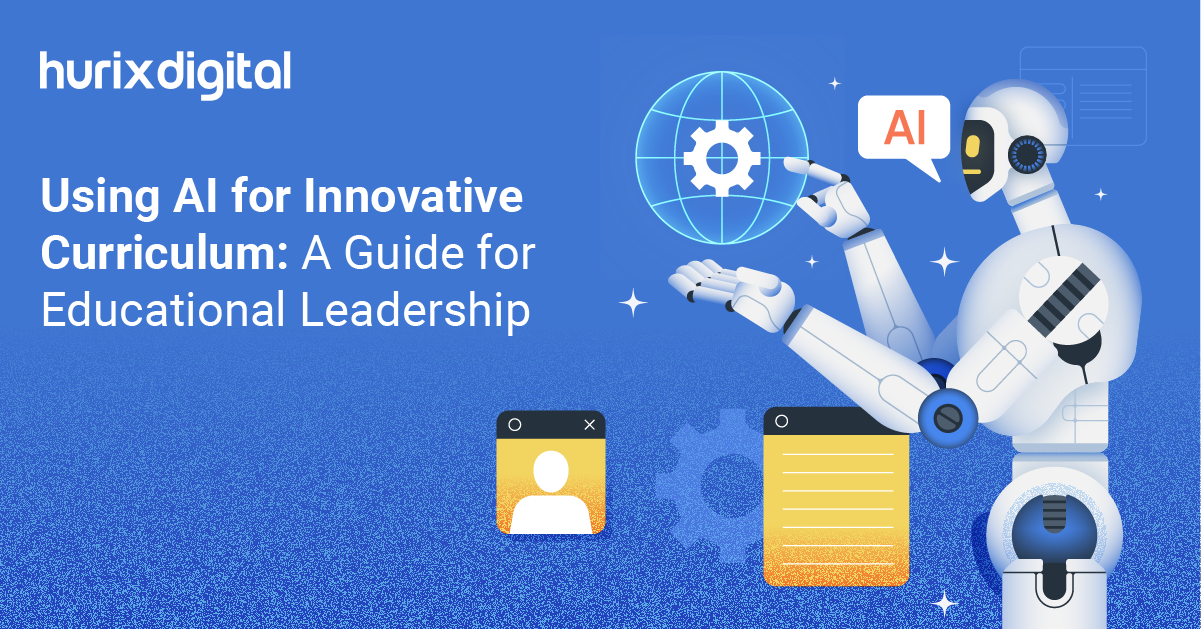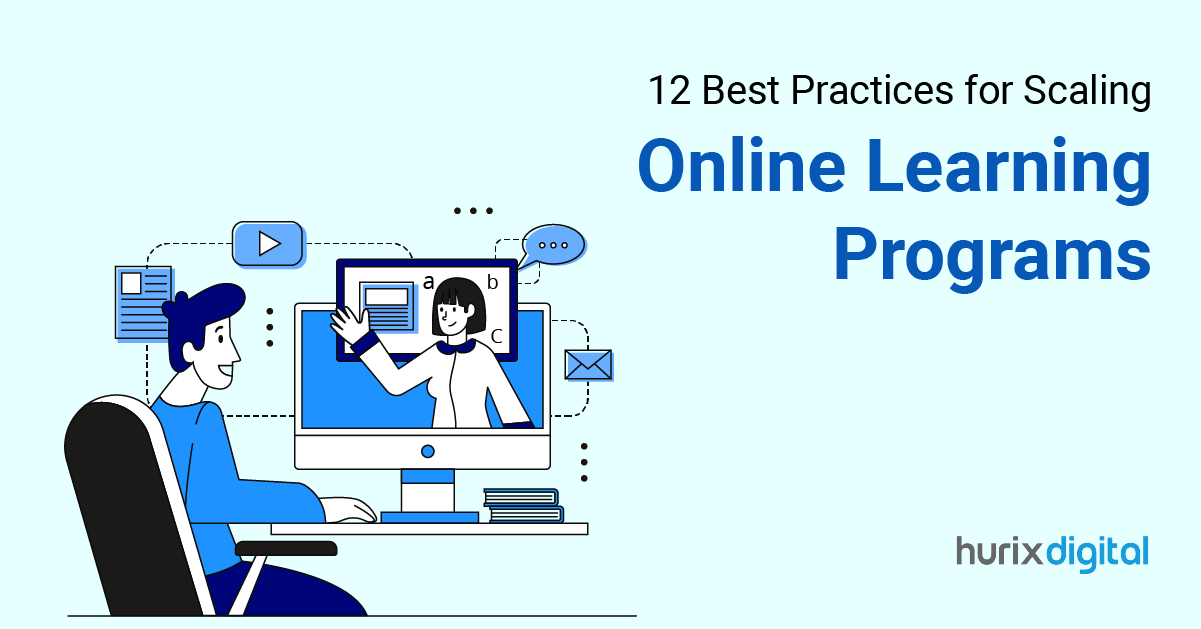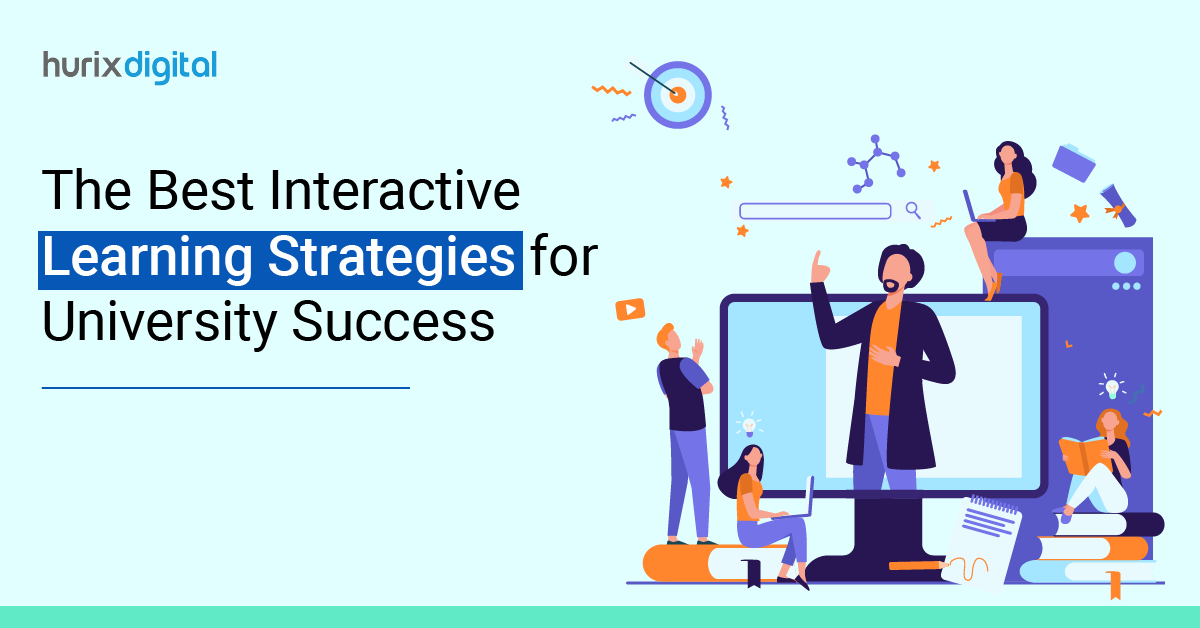
Using AI for Innovative Curriculum: A Guide for Educational Leadership
Summarize with:
Artificial intelligence (AI) is reshaping education through different and new teaching methodologies. As educational leaders, using AI can improve your curriculum development, leading to better learning outcomes.
In 2022, AI in the education market climbed to $4 billion. As the trend towards personalized learning changes, it is predicted to register a 10% compound annual growth rate (CAGR) from 2023 to 2032.
This blog examines curriculum design with AI, offering realistic strategies and ideas. Learn how AI-powered learning can help students achieve success.
Table of Contents:
- What is AI in Curriculum Development?
- Importance of Artificial Intelligence in Education
- Top AI-Driven Curriculum Strategies
- Challenges in EdTech and AI Integration
- Wrapping Up!
What is AI in Curriculum Development?
Curriculum innovation with AI refers to using artificial intelligence technology to create, modify, tailor, and improve educational programs.
AI tools are used in education to process and interpret data, conduct personalization, and improve content delivery. From the perspective of educational leaders, AI’s potential to create an adaptable and engaging learning environment is immense.
You can create curricula specially adapted to various students’ learning styles and needs with AI instruments. This guarantees that every student receives proper education to maximize their potential.
Also Read: Achieving Educational Fairness with a Web Accessibility Consultant: Hurix Digital’s Approach
Importance of Artificial Intelligence in Education
1. Personalization
An AI-powered learning management portal analyzes student data and offers differentiated learning experiences. It makes sure that every learner can solve problems at their own pace. These tools uncover the varying individual students’ strengths and weaknesses.
This facilitates personalizing learning materials to meet each student’s unique learning requirements, augmenting students’ commitment and success.
2. Increased Efficiency
AI in curriculum development frees teachers from duties such as grading and scheduling. Gradescope, based on AI, has been shown to reduce the time teachers spend marking by 70%.
This allows teachers to devote more time to teaching. Automation helps streamline time-consuming everyday tasks. This will enable educators to follow students, determine what knowledge they lack, and refine their teaching strategies.
3. Data-Driven Insights
AI allows educators to use data to make informative decisions. Through AI-based student monitoring and engagement, AI tools aid in identifying the most prevailing issues.
They also help identify topics that require improvement through curriculum change. Consequently, smart decision-making will improve educational efficiency and effectiveness.
Top AI-Driven Curriculum Strategies
1. Personalized Learning Paths
By personalizing learning paths, students can progress at their own pace. They receive the necessary assistance to master each topic before moving on to the next one.
For example, a smart AI system will point students to more web resources and simplify their interpretations of concepts that they may be struggling with.
Through customization, the educational atmosphere is designed around the student. This will increase participation and boost learning results, resulting in greater student success.
2. Adaptive Learning Systems
Use standalone e-learning systems that change the training content depending on the learner’s progress. An AI-supported adaptive learning program by Knewton showed that students increased their test scores by 62% compared to others who were not using it.
These programs check students’ material acquisition and assign extra work or more complicated assignments if needed.
For example, proficient learners will have the opportunity to try out tougher problems after solving easy ones. The system will only focus on areas that may contain diagnostic gaps.
On the flip side, it can also provide less thorough students with the needed support. This dynamic correction ensures that students stay engaged and gain knowledge.
3. Automated Content Creation
AI-driven technology allows us to curate and create educational content. Using AI, teachers can get help generating session activities such as projects. They can also develop resources that are customized to the subjects they teach.
Enabling AI to design several versions of tests quickly generates in-class instruction sessions. These can be utilized to satisfy different students’ stylistic variations and learning aspects.
All the generated quizzes are aligned with educational standards and student needs. Therefore, educators can outsource the repetitive part of their labor to automation.
Consequently, they can spend more time using new AI tools and capabilities to teach their students in more personalized ways.
4. Predictive Analytics for Student Success
Use predictive analytics to identify students at high risk of dropping out early. AI can identify at-risk students through data collected by AI, including attendance and formative and summative assessments.
For example, a decrease in a student’s level of engagement can trigger the need for additional support or intervention strategies. Through these valuable insights, teachers can target interventions on time.
It will help students manage their success and retain their learning. This proactive measure assists in creating a more supportive environment for the learners and elevating educational effectiveness overall.
5. Virtual Learning Assistants
Engage students with virtual learning assistants in your lessons. These AI-fueled gadgets are available 24/7 and respond to students’ queries.
They also explain topics students cannot comprehend and guide them through complicated issues.
For example, a virtual assistant can help students understand a difficult mathematics problem or instantly give feedback on a written assignment. The best part is that the teaching process and individual guidance are high quality.
Challenges in EdTech and AI Integration
1. Data Privacy and Security
A major concern for educators is ensuring the security of students’ private information while using AI. Educators must make sure that students’ data is processed compliantly and follow regulations to ensure students’ privacy and security.
2. Cost and Accessibility
AI tool integration comes with a cost, which can be problematic for schools without an adequate financial cushion.
Moreover, if schools want to meet the inclusive education policy, every child must have access to a device that supports these tools. This might create challenges for institutions that cannot provide personal laptops or computers to every student.
3. Training and Adaptation
Teachers require intensive training to incorporate AI in curriculum development. Change management is indeed the main driver of successful projects.
It ensures staff competence in applying these sophisticated high-tech products, which is crucial for the overall success of AI in education.
Also Read: Transforming Education with Smart Classrooms: The Role of AI
Wrapping Up!
The introduction of AI in curriculum development has the power to transform the lives of educational administrators. By implementing artificial intelligence-based methods, you can make your educational program more student-focused and cost-effective.
In the beginning, the problem is making the material interactive. Yet, technological advancements make it easy to address these challenges.
The good news is that Hurix Digital is here to help you on your journey to AI-driven learning. We provide new and innovative e-learning solutions for educational programs and educational consulting.
Plan a call with us today to understand how we can help you implement these technologies effectively.
Summarize with:

Senior Vice President
A Business Development professional with >20 years of experience with strong capability to sell new solutions and develop new markets from scratch. New Market Entry Specialist with experience working in the largest emerging markets. Exceptional experience in conceptualizing, ideating and selling new learning technologies like VR AR, etc. across multiple industry verticals.
 Upcoming Masterclass | Build an Army of Brand Evangelists using Training & Development | November 20th, 8:30 AM PDT | 11:30 AM EDT | 10:00 PM IST
Upcoming Masterclass | Build an Army of Brand Evangelists using Training & Development | November 20th, 8:30 AM PDT | 11:30 AM EDT | 10:00 PM IST





